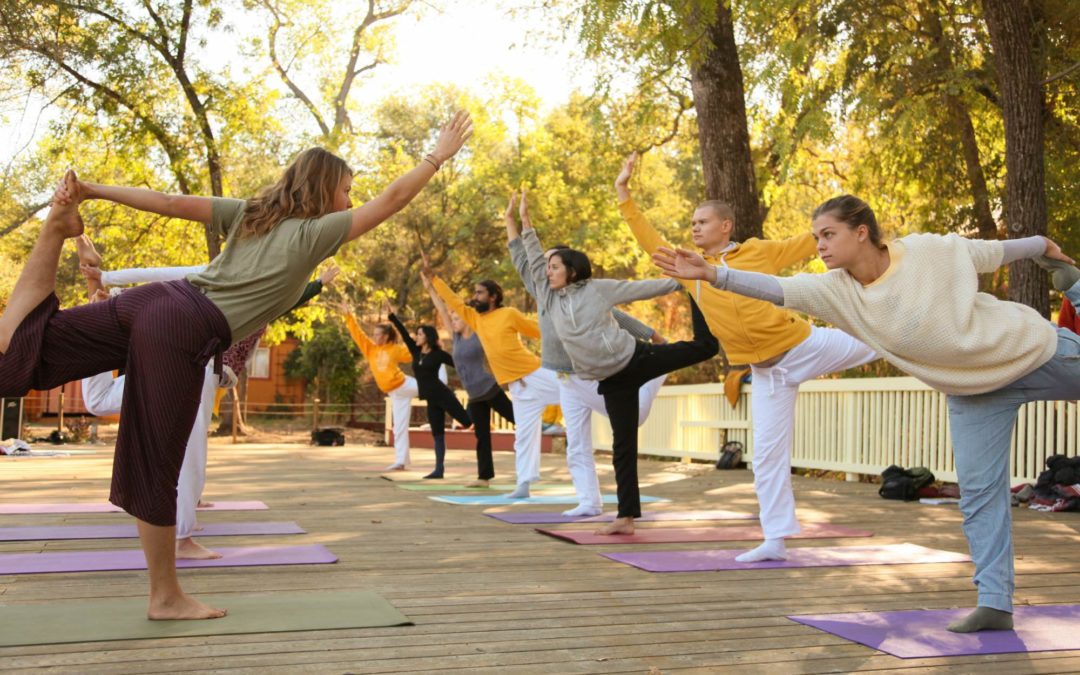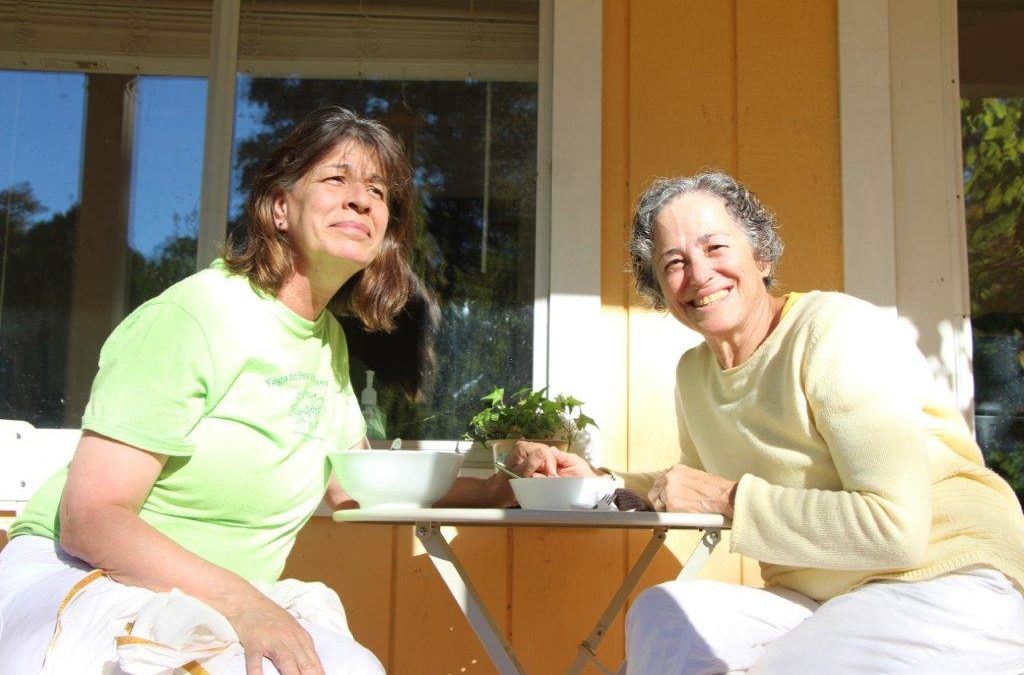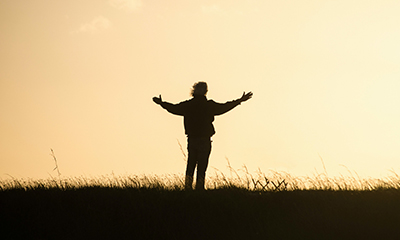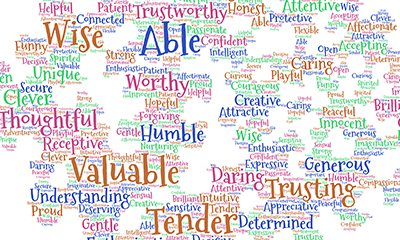
Forbearance
“Forbearance is a mysterious mixture of mercy, sympathy, pity, compassion, patience, endurance, forgiveness and strong will. He who practices forbearance bears patiently, prayerfully and with self-control and thus develops strong will.” —Swami Sivananda
Forbearance—or titiksha in Sanskrit—is one of the qualities a yogi needs to possess in order to achieve the goal of Self-realization. The six requisite virtues (called shatsampat) are: sama (tranquility), dama (control of senses), uparati (resolutely turning the mind inwards), titiksha (forbearance), shraddha (faith) and samadana (the quality of balance with attention).
On the journey of yoga, you have to bear the difficulties of sadhana, that conscious, systematic practice that will transform consciousness—and it’s not that easy. It’s not like eating sugar. You have to fight every day with your mind to keep to the self-discipline, to keep your enthusiasm, to keep your faith, to keep your positivity. The sadhana presents itself with some difficulties you do not expect. You might have romantic ideas about things, but your karma always throws a banana peel under your foot. That comes from your karma itself, and you never know when it will turn up. It comes all of a sudden, even though you feel you are protected. You say your prayers, you say your mantra, you do your sadhana. Even so, some surprise comes around the corner—that’s due to karma. And then you have to bear. If you are able to bear, it will pass. The karma will pass. To bear means not losing heart.
That’s why Master mentions strong will—and mercy, sympathy, compassion, patience, endurance, forgiveness, all this. When the karma hits, it is always something kind of unpleasant.
• Somebody is not nice to you, and you have to forgive them.
• Something comes up that really tests your patience, and you have to wait and wait and wait and wait…
• Someone interferes in your life and you have to be so empathetic.
• A strong weather condition hits. (California goes through seasons of wild fires, which are very difficult.)
• You cannot go out because of Covid pandemic restrictions or you cannot go out in your own backyard because of smoke conditions. You have to be locked up inside with a mask on, hardly able to breathe…
All of these are very challenging. That’s part of the karma, that’s part of life. We have to forbear. We have to endure. When will it finish?
We must have faith. It happens the way it happens. Accept. Cultivate gratitude and be very positive about things. Don’t be depressed and lose heart—continue on. It is a struggle when things change, when things are difficult. Life is a struggle. Things never turn out the way we expect. Endurance is a very important quality for success in anything.
Your strength often increases in proportion to the obstacles imposed on you. Endure them bravely. Difficulties and troubles, adversities and calamities often build our character. The palm tree grows best under a ponderous weight, the same with our character.
The greater the difficulty, the more glory in surmounting it. Skillful pilots become famous from weathering storms and tempests.
Through endurance, you exhibit your divine grandeur and make alliance with God.
In Vedic astrology, this quality of not giving up is represented by Saturn. The spiritual life is never what you imagine. Bear it and plow through. With a lot of struggle, we may get a drop of nectar. They say it comes by the drop—not in a big bowl or a big ocean, like we prefer to imagine. When I started on my spiritual path, I imagined that I would eventually be walking three feet above the ground and talking to the butterflies. That was my idea of spiritual life. I thought I quit a job because it was too stressful and I would come to the ashram and be just relaxing and enjoying life. It’s not like that. At the ashram, it is even harder. You have to work for other people. Before, you worked only for yourself—and maybe for your family. Now, you have to work for anonymous humanity who does not necessarily say “Thank you”! Most of the people will not thank you. And, if you do anything wrong, they will criticize you right away, very quickly. You are walking on a tightrope all the time.
But, in exchange, you grow. You become much, much stronger. And like I say, this drop of the nectar of immortality comes, and it’s precious. Some insight dawns. Some moments of joy arise. Some people come, out of the blue, and offer you a gift, some thanks, and sincere words of appreciation. You are so happy, because you have changed their life. The staff life, the dedicated life, is full of struggle—and joy. Forbearance is the prime quality. Keep going, no matter what. Keep your mind positive, when a situation might be difficult. You may have to work with someone who has ups and downs, or you find yourself under financial stress, and yet, you have to keep going. Now I look back and laugh, it is all a gift.
The other quality needed is faith. We forbear better when we have faith. We have faith when we know that actually, everything is not what we see. What we see is just a picture that our karma presents to us—an imperfect world. But in reality, there is a beautiful reality of ourselves, of others, of the world. The atman. So then we have faith that it is there. We keep working for it, even though there is no guarantee when it will come. Faith in ourselves gives us the energy to do the sadhana. Faith in the teacher and the teachings allows us to keep doing the practice without doubt, and then there is the faith in God. Everything is, in fact, beautiful, and even though you are struggling, you are being loved and supported.
Never lose attention, never lose your balance. Fix your eyes on the goal, and then life will pull your leg, or throw a banana peel. You might lose balance a little bit, but not for too long. Don’t allow your mind to lose balance for too long—falling depressed, or doubtful, or miserable, or angry. At worst, you can allow maybe a few hours, and then you kick back again. Start again. You start to realize that everything is part of the plan. You are not the one who calls the shots. There is a plan for you, but you can’t see it. Forbearance. Holding your balance amidst all forces pulling in different directions. Have your eyes fixed on the goal.




